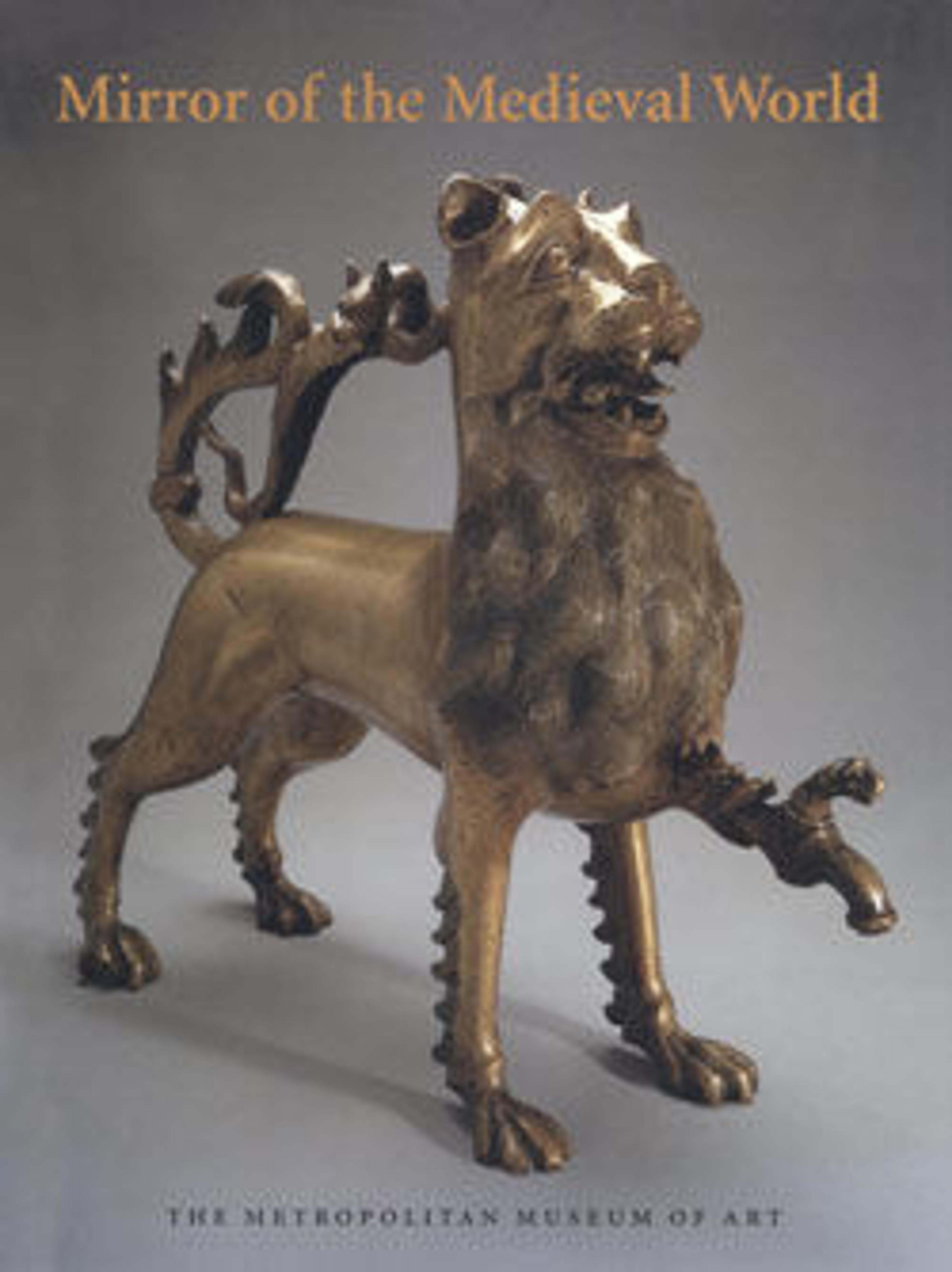Ring of Leontios
The ring belonged to Leontios of the province of Opsikion, in what is now northwestern Turkey. Patrikios and komes were Roman titles that shifted in meaning during the Byzantine period; it seems likely that Leontios was the governor of the province or a high-ranking general.
Artwork Details
- Title: Ring of Leontios
- Date: ca. 1000
- Culture: Byzantine
- Medium: Gold, niello
- Dimensions: Overall: 11/16 × 7/8 × 7/8 in. (1.8 × 2.2 × 2.3 cm)
Bezel: 11/16 in. (1.8 cm)
Inside circumference: 2 1/8 in. (5.3 cm)
Thickness of band: 1/4 in. (0.7 cm) - Classification: Metalwork-Gold
- Credit Line: Purchase, Rogers Fund, and Rogers Fund, by exchange, 1982
- Object Number: 1982.282
- Curatorial Department: Medieval Art and The Cloisters
More Artwork
Research Resources
The Met provides unparalleled resources for research and welcomes an international community of students and scholars. The Met's Open Access API is where creators and researchers can connect to the The Met collection. Open Access data and public domain images are available for unrestricted commercial and noncommercial use without permission or fee.
To request images under copyright and other restrictions, please use this Image Request form.
Feedback
We continue to research and examine historical and cultural context for objects in The Met collection. If you have comments or questions about this object record, please contact us using the form below. The Museum looks forward to receiving your comments.
